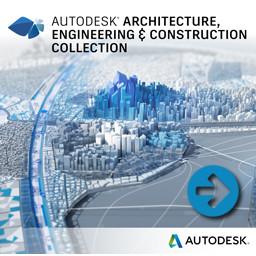Plan more confidently by evaluating existing circumstances and communicating the potential impact of projects on the environment.

of experience

As one of the first in Poland, we have gained the status of BIM experts. We train, advise, and implement. As big managers, we participate in many major investment processes.
Our services include:
For BIM technology, a special format for the exchange of data between IFC Industry Foundation Classes has been developed, which transfers digital site information between CAD systems. The work is designed to look like architects developing a digital 3D model and delivering it to designers and installers via the export in IFC format. They simultaneously read the developer and installer files for their project, so they can coordinate the project. These assumptions allow each team to use independent software. It is important to exchange data.
Plan more confidently by evaluating existing circumstances and communicating the potential impact of projects on the environment.
Build your designed objects reliably by identifying costly projects and schedule contradictions before building.
Design and document more productively with smart model solutions that streamline time-consuming design tasks.
Manage your infrastructure information in a trustworthy way with intelligent industry models that help you meet data quality standards and help you make future decisions.
The BIM aims to work on a digital 3D model. The architect models the 3D object and passes it to the constructor and installer. This exchange occurs earlier in the work before the facades are projected. The generated changes will occur at an early stage and will therefore be less costly. If the architect works on the ArchiCAD software, he will be able to submit the design to the constructor in IFC format, who will develop technical documentation based on Tekla. The installer, based on the IFC format, will be able to develop an installation model in Ventpack. Everyone will be able to export their work in IFC format and coordinate it. Of course, based on the developed models, it will be possible to eliminate collisions.
Today, the CAD software allows the project team to work in parallel. Architects who use REVIT, ArchiCAD, or AECOsim, can work in parallel on central files. The team creates a central file containing the 3D model of the building, and individual designers publish the components in the 3D model while seeing the modifications made by colleagues. This work eliminates the problem of collisions. Unfortunately, at this point, you have to hand over the project to the industry. An ideal solution would be to be able to involve them in such work so that they could work concurrently with architects.
There are no collisions because we see the work of others. In the classic method, it was the architect who had to assume location of load-bearing walls, and the industrial specialists had to verify them. Today, every specialist is dedicated to his or her specialty.
In addition, the entire process in Autodesk is built into cloud services that allow for additional analysis, such as determining impact of an object on the environment or analyzing lighting. Autodesk 360 allows the investor and contractor to be involved in the design process, thereby extending the functionality of the BIM technology. Of course, it is still possible to exchange information through exports and imports in the IFC format.
There are many BIM-compliant packages on the market, but not all are equally efficient. Based on our years of experience as a supplier and integrator of BIM systems, exchanging software with BIM-compatible software is not equivalent to designing with this philosophy.
Replacing AutoCAD with REVIT is not BIM, it is only a replacement of a CAD system. BIM is a philosophy of work and information exchange.
